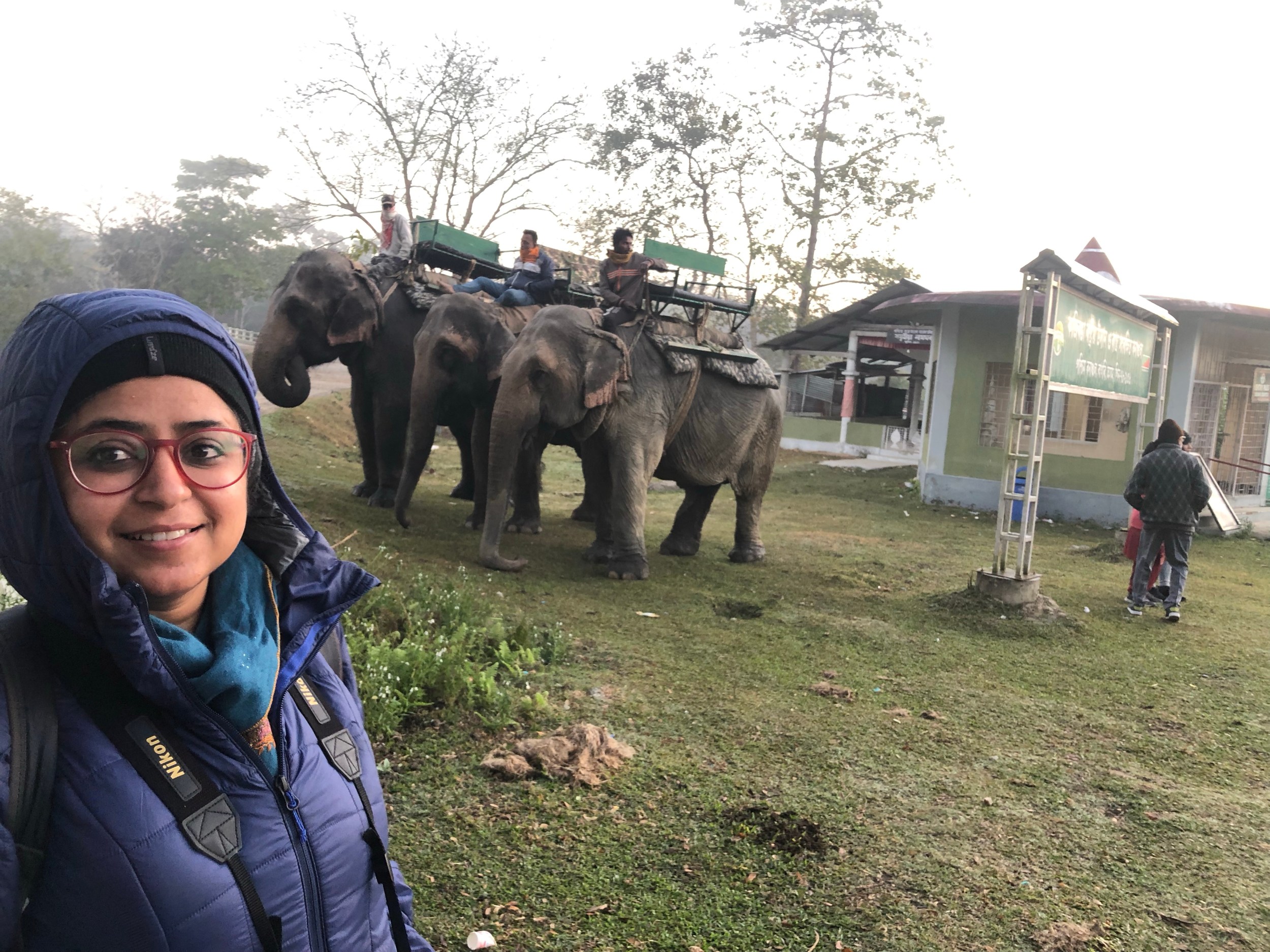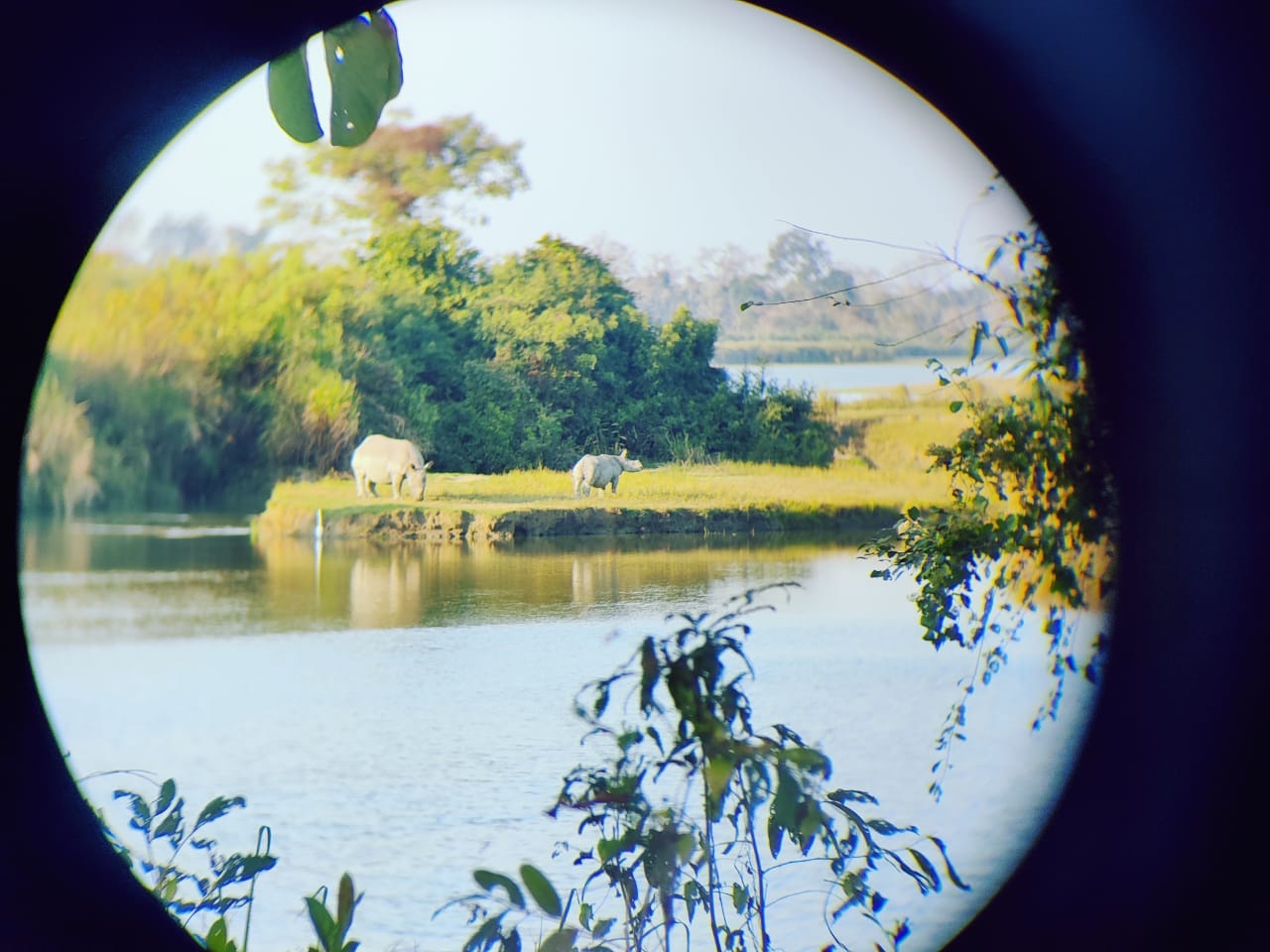People love their school days. I don’t. You would never find me reminiscing about my school time or talking about the memories one makes during their school days: planning for mass bunks, stealing food from your neighbour’s lunchbox, waiting for the Zero Period so that one can go out & play & going to the washroom with your girlfriends. It’s not as if I didn’t do any of this. I did some of it regularly and yet I feel no particular emotion when I think of this. And that is downright weird because I am a ball of emotions.
What I do remember fondly from school time are a bunch of things: conversations with my favourite teachers, failed lab experiments (we once tried to make a silica garden, procured all kinds of salts & miserably failed :D), stories from language classes, and enigmatic places that were talked about in History books. There were only a handful of pictures printed on white, glossy paper in History & Geography books during those days. I would spend hours staring at those pictures, trying to decode the architecture, transcripts & wonders of nature. A few pictures from those History Books are still fresh in my memory: Sun Temple in Konark, Odisha, Ajanta & Ellora Caves in Maharashtra, Kanchenjunga (as seen from Gangtok), the mighty Himalayas and the national park with one-horned Rhinos in India: Kaziranga National Park


Towards Kaziranga National Park:
We took a flight from Delhi & reached Guwahati in around 2.5 hours – the perfect amount of time to watch a movie on Netflix/ Amazon Prime. If you catch an early morning flight like we did, you can be in Guwahati by 12 pm. This opens up the option of travelling to Kaziranga the same day and booking a morning safari for the next day. We, however, kept that day for Guwahati sightseeing, explored Pobitra Wildlife Sanctuary, Mayam Museum showcasing the ancient art of witchcraft & viewpoints by the Brahmaputra river.
The next morning, we started early & reached Kaziranga by 11 am. You could hire a taxi or book yourself a Volvo to Kaziranga depending upon your convenience. The taxi would charge INR 5000 while a Volvo seat would cost you INR800 per person.
Our hotel owner was a warm man who took copious notes about the kind of tea I like – medium-boiled, mild, no sugar & a bit of milk. Even though he noted it all, he kept serving me a cup of strong caffeine shot in the name of the tea. Just some Assam-like things! That caffeine shot served in a cup jolted my system and I was wide awake for the safari that begins at 2 pm in Kaziranga National Park (Cost – INR 2600 for the whole jeep).



Outside the ticket counter, they had put up a one-horned rhino statue. The medium-sized statue gives you a preview of what you may expect when you sight a rhino for real: a gigantic mammal weighing easily between 1600 kgs – 2200 kgs, vegetarian by choice/ genetic programming, innocent, cute & almost extinct at one point in time. Thanks to the conservation efforts, the Indian Rhino population has picked up over the last few years/ decades. If you go visit a park in Assam today, the chance of sighting a baby rhino hanging around with the mother rhino is quite good.



Meeting the Superstar, the one-horned Rhino:
Sometimes luck favours you. And sometimes some places are kind to you. I think both happened with us in Assam. Within a couple of hours of us reaching Assam, we spotted Indian Rhinos, grazing happily in Pobitra Wildlife sanctuary.
In Kaziranga, it got even better. In an area of 430 square kilometres, there are approximately 2500 one-horned rhinos. It’s almost impossible to not spot one. What I really liked about rhinos was their no effs given attitude. They really don’t care who’s looking at them, how they look, who’s clicking their pictures, getting themselves clicked or table manners (in general). I must have spotted some 25-30 rhinos (or more) in the trip to Assam. Almost always, I found this cute, chubby animal grazing away to glory. They eat, shit, eat some more, take a bath, walk a little, swim a little more, eat, socialise a bit during evenings (I assume), have a night-time snack & call it a day.
I could watch them the whole day and night and not get bored. Really!

Goodbyes and the promise to come back again:
During the morning elephant safari, I was pleasantly surprised with elephants walking up real close to rhinos and the latter not bothering at all. They might be half the size of elephants but are equally bold and courageous. While elephants can be more playful, rhinos prefer their me-time & like to chill alone. Some 8-10 elephants walked up to a rhino real close when the latter noticed and decided to move deeper into the forest for privacy reasons. Our elephant didn’t give up and started chasing the rhino in the forest. But then, a green, leafy tree caught its attention and he got busy tearing the branches with its trunk and chomping the leaves.
I am telling you, animals have got their priorities right. We humans are still struggling!

During the three safaris we did in Kaziranga, we got introduced to many other residents of the park: Indian Roller, Otter, Swamp Deer, Hog Deer, a pair of Bengal Tigers jumping around, herds of elephants, Asiatic Water Buffaloes, Sambhar Deer, Fish Eagle, Serpent Eagle, Starling, Fork-tales, Bee-eaters, Asian Openbill, Pelicans, Ducks, Pigeons and Peacocks.
Kaziranga National Park is beautiful, bio-diverse, rich & part of the priceless heritage of Incredible India. Like Gir can boast of Asiatic Lions, Ranthambore can brag about the highest density of Bengal Royal Tigers, Kanha can take pride in being home to hard ground swamp deer/ Barasingha, Kaziranga sure deserves accolades for conserving & enhancing the population of Indian Rhinos.




Kaziranga has been around for more than a century now. What started as a Reserve Forest in 1905, became a World UNESCO site in 1985 & a Tiger Reserve in 2006. Other than being home to animals, birds and other species, the park also houses many water bodies, marshlands, dense forests & gives way to major rivers including the mighty Brahmaputra.
Proud much?